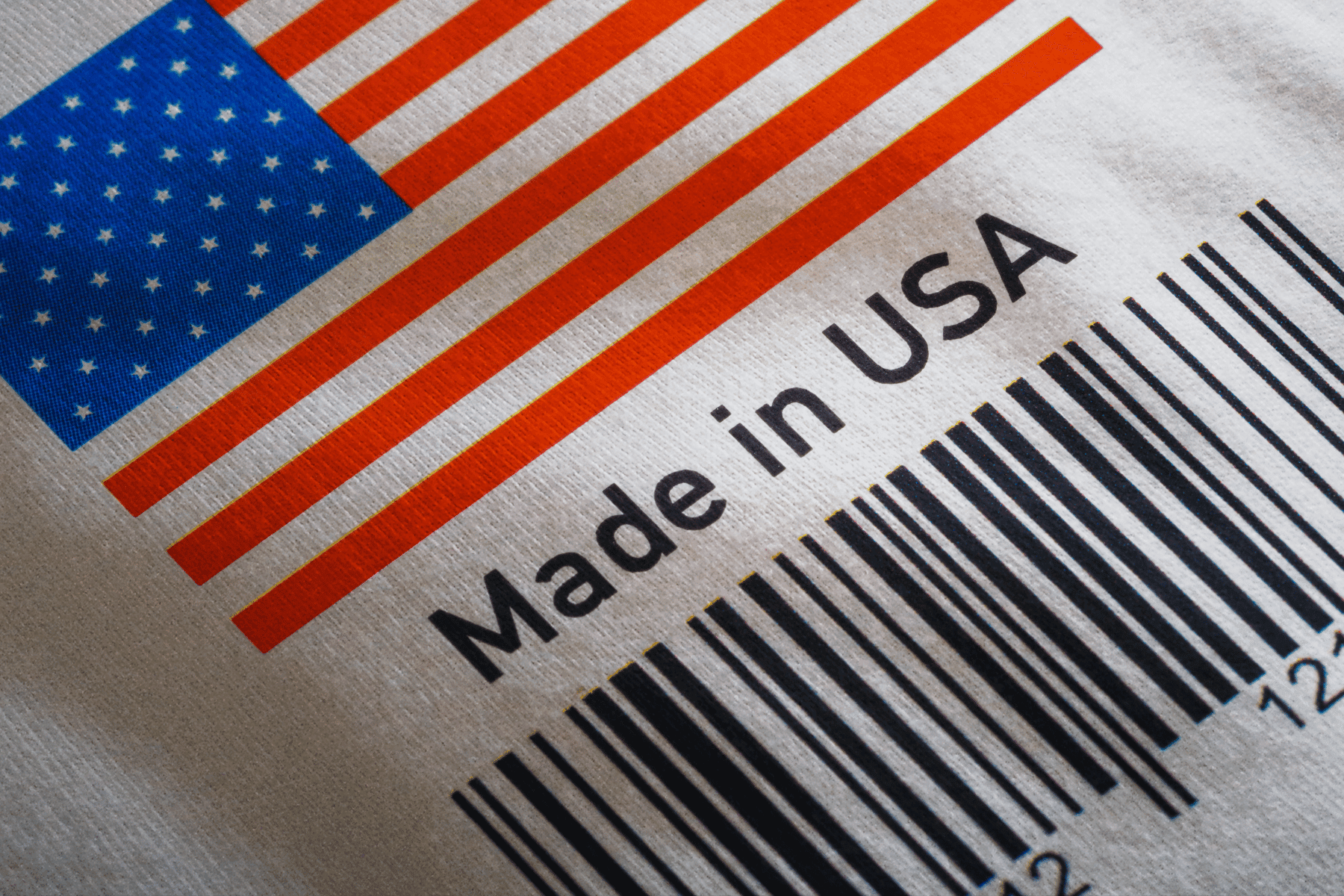In the realm of retail and inventory management, Stock Keeping Units (SKUs) play an integral role in organizing and distinguishing different items for sale. However, as businesses grow and evolve, their product lines can become expansive and sometimes unwieldy. SKU rationalization is the strategic process of analyzing and optimizing a company’s product offerings, resulting in a streamlined inventory that can enhance business performance. This article delves deep into how SKU rationalization benefits businesses and provides actionable insights into its implementation.
What is SKU Rationalization?
SKU rationalization, at its core, is the process of reviewing a company’s product portfolio to determine which products should be kept, discontinued, merged, or introduced. This analysis is often based on a variety of criteria, including sales data, profit margins, production costs, market trends, and customer demand.
Benefits of SKU Rationalization
1. Enhanced Inventory Management: Streamlining SKUs can simplify inventory management. Fewer products mean reduced complexity in stock tracking, replenishment, and forecasting.
2. Improved Cash Flow: Carrying inventory ties up capital. By rationalizing SKUs and discontinuing underperforming products, businesses can free up cash that can be reinvested in more profitable ventures.
3. Increased Profit Margins: Maintaining a large variety of SKUs often involves overhead costs. By focusing on higher-margin and high-demand products, businesses can optimize their profit margins.
4. Better Shelf Space Utilization: Retailers can make better use of their shelf space by showcasing products that resonate more with their target audience, leading to faster stock turnover.
5. Clearer Brand Messaging: A curated product line can help businesses have a clearer brand identity and messaging, avoiding customer confusion.
6. Optimized Production: For manufacturers, SKU rationalization can lead to simplified production processes, as fewer product variations mean streamlined operations.
Implementing SKU Rationalization
1. Data Collection: Begin by gathering comprehensive data on all products, including sales figures, profitability, customer reviews, and return rates.
2. Performance Analysis: Rank SKUs based on their performance metrics. Look at products’ sales velocity, profitability, and market demand.
3. Market Trend Assessment: Ensure you are in touch with current market trends. Customer preferences evolve, and it’s crucial to adjust the product offering accordingly.
4. Decision Making: Post-analysis, decide which SKUs to keep, discontinue, or merge. This should be a collaborative decision involving sales, marketing, finance, and supply chain teams.
5. Implementation: Once decisions are made, implement changes. This might involve running promotions to clear out discontinued stock, rebranding or repackaging merged products, or introducing new products.
6. Review and Iterate: SKU rationalization isn’t a one-time process. Periodically review product performance and adjust your SKU strategy as necessary.
Potential Challenges
While SKU rationalization offers numerous benefits, it’s not without challenges:
Resistance to Change: Employees and even customers might resist the discontinuation of certain products, especially if they have an emotional or historical attachment to them.
Over-Rationalization: Overzealous trimming can lead to missed opportunities. It’s essential to strike a balance between streamlining and offering variety.
Data Misinterpretation: Decisions are as good as the data they’re based on. Ensure your data is accurate and interpreted correctly.
Conclusion
SKU rationalization is a powerful tool for businesses aiming to improve performance. By regularly reviewing and optimizing product offerings, companies can remain agile, reduce costs, and cater more effectively to their customer base. However, like all strategic initiatives, it requires careful planning, accurate data, and a collaborative approach. When done right, it can be a significant boon to a company’s bottom line.






